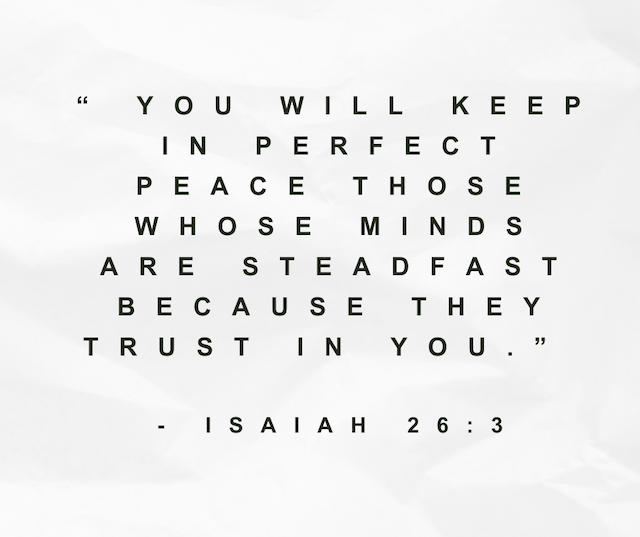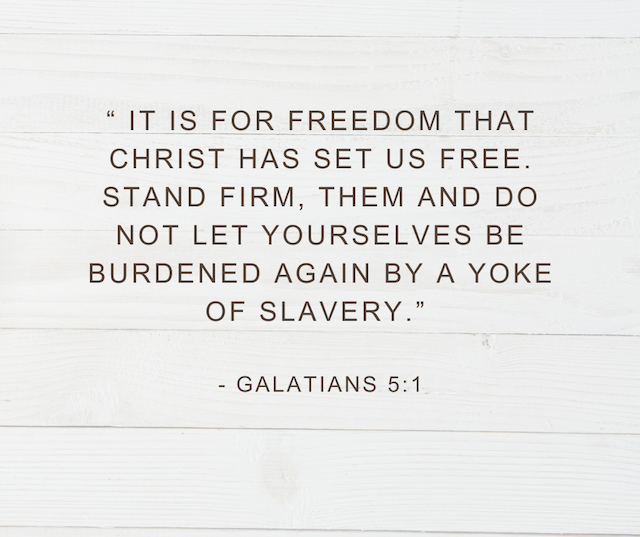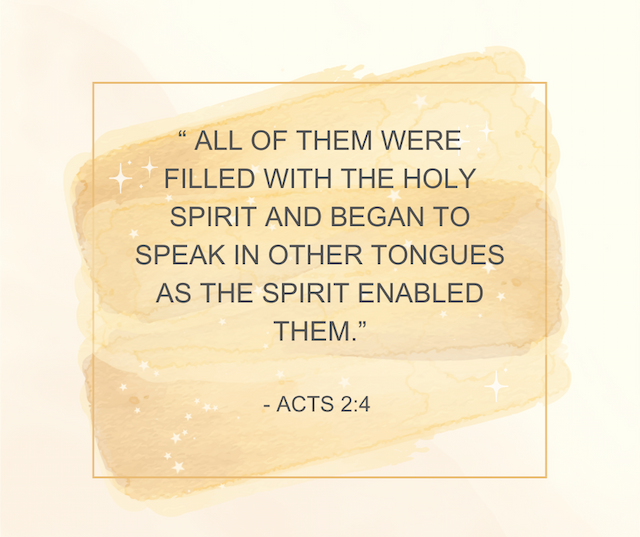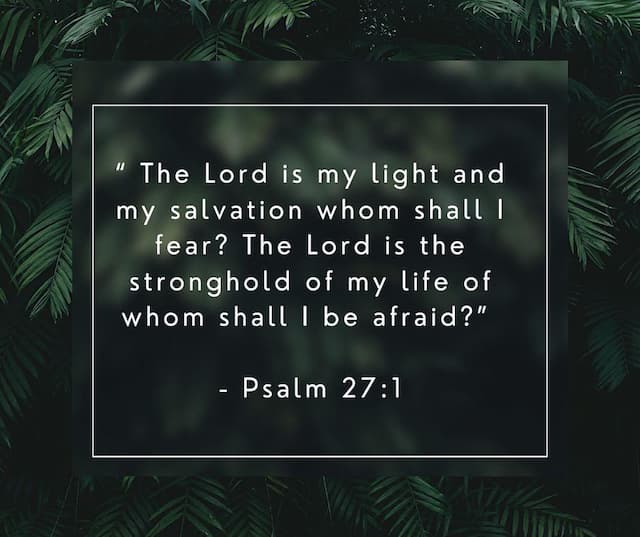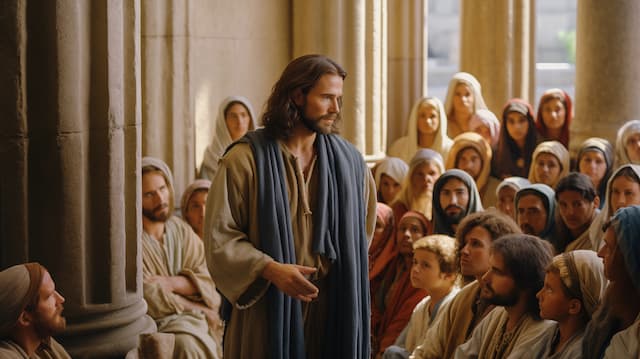Asking for Global Peace, Especially in Times of Conflict and Unrest
Written by Elishai
In a world marked by increasing global conflicts and unrest, the pursuit of peace remains an urgent and vital endeavor. Understanding the complexities of conflict and the impact of unrest on a global scale is crucial for fostering a more harmonious and stable world. This article delves into the dynamics of global peace, exploring strategies for promoting peace in troubled times, the role of diplomacy and international cooperation, and the importance of empowering communities and individuals for effective peacebuilding. By examining case studies of successful peace initiatives and addressing the challenges to global peace, we aim to inspire action and pave the way towards a more peaceful future for all.
Introduction to Global Peace and its Importance
Global peace is like the superhero of the world stage – quietly saving the day by preventing chaos and promoting harmony among nations. It's not just about the absence of conflict; it's the presence of understanding, cooperation, and respect on a global scale.
Defining Global Peace
Global peace isn't just a fluffy concept for beauty pageants; it's the glue that holds our interconnected world together. It's about nations setting aside their differences, holding hands (metaphorically), and working towards common goals like sustainable development and human rights.
The Impact of Global Conflict and Unrest
Global conflict and unrest are like those uninvited guests who crash the party, causing chaos and ruining everyone's mood. They lead to humanitarian crises, displacement of communities, economic instability, and a whole lot of stress for everyone involved. Not exactly a fun time for the global community.
Understanding Conflict and Unrest on a Global Scale
Picture a global-scale food fight, but instead of mashed potatoes, it's disagreements over resources, power, and ideologies that are being hurled around. Understanding the causes and consequences of these conflicts is crucial for finding ways to clean up the mess.
Causes of Global Conflict
From territorial disputes to competition for scarce resources to ideological clashes, the causes of global conflict are as diverse as the emojis on your phone. Understanding these root causes is key to preventing conflicts from escalating and turning into full-blown crises.
Types of Global Unrest
Global unrest comes in many flavors – political turmoil, social upheaval, economic crises, you name it. It's like a global soap opera, but with higher stakes and fewer dramatic close-ups. Recognizing the different types of unrest helps us tailor our peace-promoting efforts to address specific challenges.
Strategies for Promoting Peace in Troubled Times
When the world feels like a giant pressure cooker about to explode, it's time to whip out some strategies to cool things down. From conflict resolution techniques to raising awareness about peace, there are ways to turn down the heat and bring harmony back to the global stage.
Conflict Resolution Techniques
Think of conflict resolution as the global equivalent of a relationship counselor – helping warring parties find common ground, communicate better, and hopefully stop throwing metaphorical punches at each other. It's about finding win-win solutions that leave everyone feeling like they've come out on top.
Advocacy and Awareness Campaigns
Just like how your friend's constant Instagram posts about their cat raise awareness about feline cuteness, advocacy and awareness campaigns can shine a spotlight on global issues and mobilize support for peace-building efforts. It's like turning up the volume on the message of peace until everyone's singing along.
The Role of Diplomacy and International Cooperation
Diplomacy isn't just about fancy suits and secret handshakes; it's the backbone of international relations, helping countries navigate tricky waters and find common ground. By working together through international cooperation, nations can build bridges (metaphorical ones) and create a more peaceful world for all.
Importance of Diplomatic Relations
Diplomatic relations are like the network of friendships you have on social media – they help countries stay connected, resolve conflicts peacefully, and avoid unfriending each other (metaphorically speaking). Good diplomatic relations are the key to preventing misunderstandings from spiraling into full-blown conflicts.
Multilateral Approaches to Peace Building
Multilateral approaches to peace building are like a potluck dinner where everyone brings a dish to share – each country contributes its strengths and resources to tackle global challenges collectively. By working together through international organizations like the United Nations, countries can pool their efforts and create a more peaceful world for everyone to enjoy.
Empowering Communities and Individuals for Peace Building
Local Initiatives for Peace
When it comes to promoting peace on a global scale, starting at the local level can have a powerful impact. Community-led initiatives, such as dialogue circles, conflict resolution workshops, and cultural exchanges, play a crucial role in fostering understanding and cooperation among diverse groups.
Education and Conflict Prevention
Education is key to preventing conflicts and building a more peaceful world. By promoting values of tolerance, empathy, and respect for diversity in schools and communities, we can equip future generations with the tools to resolve conflicts peacefully and build a more harmonious society.
Overcoming Challenges and Obstacles to Global Peace
Barriers to Peaceful Resolutions
From deep-rooted prejudices to political agendas, various barriers often hinder peaceful resolutions to conflicts. By addressing underlying issues such as inequality, injustice, and lack of communication, we can pave the way for more effective peace building efforts.
Addressing Power Imbalances
Power imbalances, whether economic, social, or political, can perpetuate conflicts and prevent sustainable peace. It is crucial to address these imbalances through inclusive decision-making processes, equitable resource distribution, and empowering marginalized voices to create a more just and peaceful world.
Case Studies of Successful Peace Initiatives
Peace Building Efforts in Conflict Zones
In conflict zones around the world, brave individuals and organizations are working tirelessly to promote peace and reconciliation. By highlighting successful peace building efforts in these challenging environments, we can learn valuable lessons on how to navigate complex conflicts and build sustainable peace.
Lessons Learned from Past Peace Processes
Looking back at past peace processes, we can glean valuable insights into what works and what doesn't when it comes to resolving conflicts. By analyzing case studies of successful peace initiatives, we can extract lessons learned and apply them to future peace building efforts for a more effective and lasting impact.
Conclusion: Moving Forward Towards a More Peaceful World
Asking for global peace, especially in times of conflict and unrest, requires collective action and commitment from individuals, communities, and governments worldwide. By empowering grassroots initiatives, addressing barriers to peace, and learning from successful case studies, we can move forward toward a more peaceful world where understanding, cooperation, and mutual respect prevail. Let's strive for peace, one step at a time, as we navigate the complexities of our shared humanity with empathy, courage, and determination. Peace out! As we navigate the complexities of conflict and unrest on a global scale, it is evident that the pursuit of peace requires collective effort and unwavering commitment. By advocating for diplomacy, empowering communities, and learning from successful peace initiatives, we can take significant strides toward a more peaceful world. Let us embrace the challenges and opportunities ahead, united in our dedication to building a future filled with harmony, understanding, and global peace.


